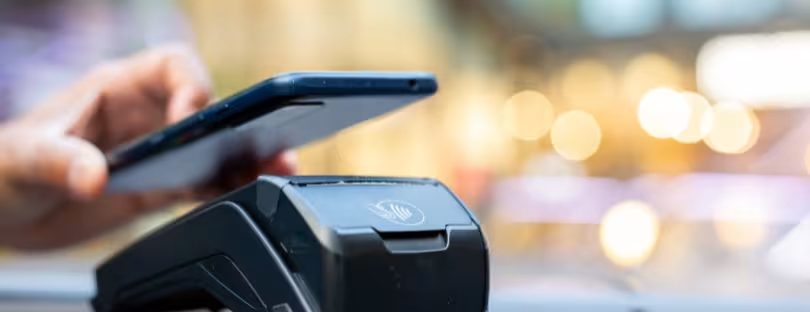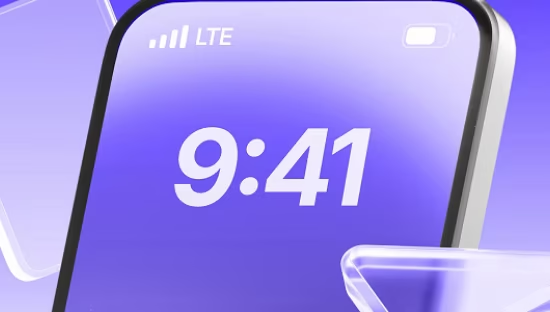
Mobile Payment Market to Double by 2034 — Contactless & Digital Wallets Lead
Allied Market Research has just released a report projecting that the global mobile payment market—currently valued at $7.28 trillion in 2024—will more than double over the next decade. By 2034, the sector is expected to hit $16.14 trillion, growing at a steady 8.1% CAGR.
That growth isn’t happening in a vacuum. The rise of smartphone penetration, booming e-commerce ecosystems, and government-backed cashless economy campaigns are all fueling adoption worldwide. From Digital India to Europe’s stricter digital payment regulations, the shift is clear: the world is preparing for a future where physical cash barely matters.
What’s Driving Mobile Payments?
The factors are pretty straightforward:
- Smartphone boom – Over 6.8 billion smartphones are active globally, making digital wallets and contactless payments a near-universal option.
- E-commerce surge – Platforms like Amazon, Alibaba, Flipkart, and Mercado Libre are reshaping retail, embedding seamless digital payments into every transaction.
- Government initiatives – From UPI in India to PIX in Brazil and the EU’s Digital Finance Strategy, regulatory pressure is pushing both consumers and businesses toward cashless adoption.
But it’s not all smooth sailing. Security concerns (fraud, data breaches) and consumer hesitation around new technologies remain barriers, especially in less digitized markets.
Key Market Segments
By End User:
Personal (driven by wallets and app-based payments) vs. business.
By Transaction Mode:
Mobile Web Payments, NFC, SMS Direct Carrier Billing, and Others.
By Region:
- North America – U.S., Canada
- Europe – Germany, UK, France, Italy, Spain
- Asia-Pacific – China, Japan, India, South Korea, Australia
- LAMEA – Brazil, South Africa, UAE, Saudi Arabia
📌 The personal segment is seeing the biggest jump thanks to NFC adoption, QR codes, and biometrics. Meanwhile, mobile web payments are expected to lead the pack in transaction modes, thanks to stronger authentication tools and growing consumer trust.
The Shift Toward Contactless
One of the biggest takeaways from this report: contactless is no longer optional. Post-pandemic hygiene awareness, coupled with sheer convenience, has accelerated adoption across Asia and Europe in particular.
In China, platforms like Alipay and WeChat Pay have made QR-based transactions mainstream, while Apple Pay and Google Wallet dominate in Western markets. Interestingly, India’s UPI system has emerged as a global model, handling more than 10 billion monthly transactions in 2023 (NPCI).
This fragmented but rapidly scaling ecosystem suggests no single player will dominate globally—yet all regions are converging toward faster, safer, and more frictionless payments.
Regulation and Compliance: A Tough Balancing Act
If there’s one thing slowing down full-scale adoption, it’s regulation. Data protection laws like GDPR (EU), GLBA (US), and PDPA (Singapore) are reshaping compliance requirements for providers.
At the same time, regulators are tightening AML (Anti-Money Laundering) and KYC (Know Your Customer) obligations to prevent fraud. That means more friction in onboarding but ultimately more trust in the system.
Providers who balance compliance, security, and seamless UX will be the ones to win.
Alertify Conclusion: A Market at the Crossroads
The mobile payment market isn’t just growing—it’s maturing. What we’re seeing now mirrors the early-2000s boom in internet banking: fast adoption, regulatory catch-up, and then consolidation.
- Asia-Pacific leads innovation (think: UPI, Alipay, WeChat).
- North America and Europe focus more on compliance, fraud prevention, and seamless cross-border payments.
- Emerging markets in Africa and Latin America are leapfrogging directly to mobile-first financial systems, bypassing legacy banking infrastructure.
The real battleground will be trust and security. As Juniper Research notes, mobile wallet users are expected to hit 5.2 billion by 2026, but consumer trust remains fragile. Whoever solves the “trust + convenience” equation at scale—whether that’s a fintech, a telecom operator, or even a super-app—will set the tone for the next decade.
In short: the growth is undeniable, the opportunities are massive, but the winners will be those who can merge security, regulation, and user experience into a seamless package. The rest risk being left behind.










